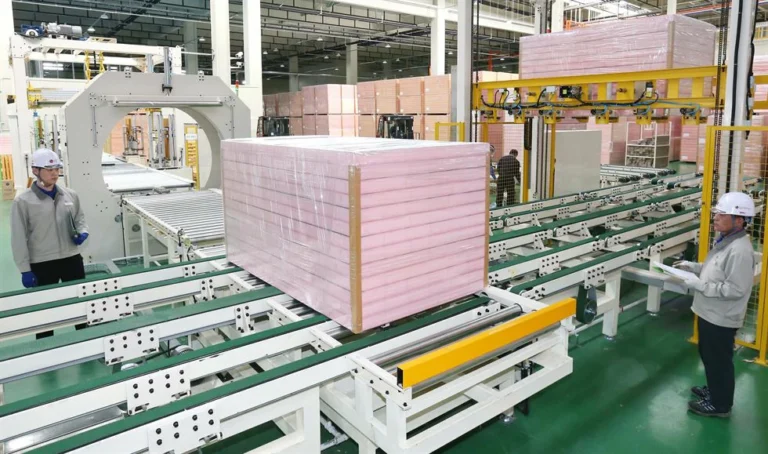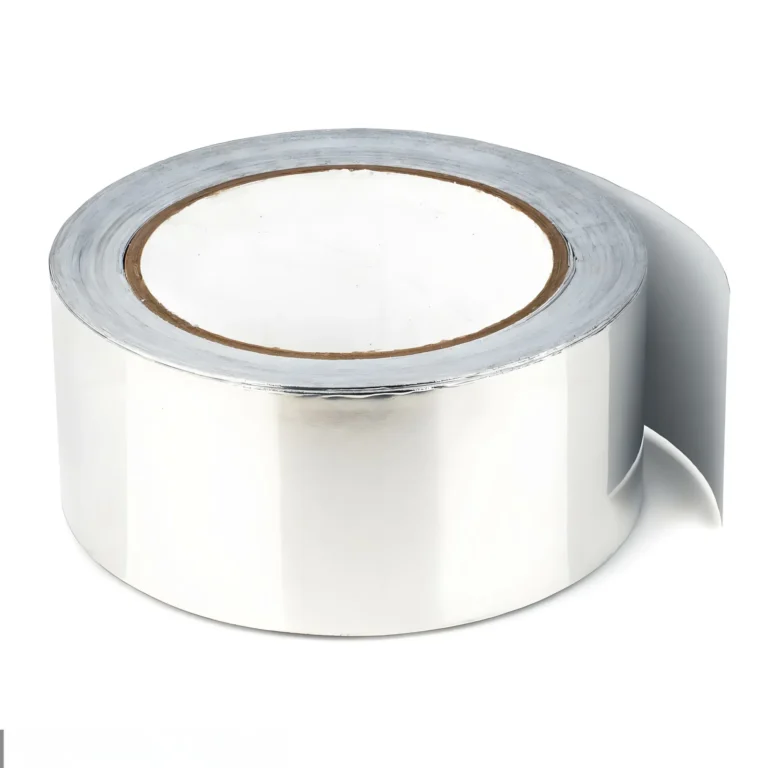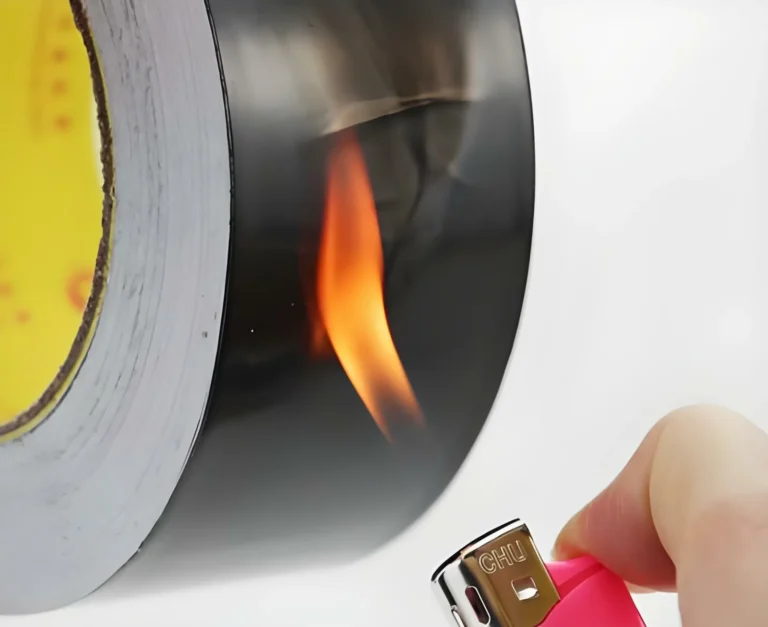In the commercial and industrial sectors, HVAC ductwork systems are critical for heating, cooling, and ventilation. However, compared to the entire A/C duct system, the choice of ductwork often goes overlooked.
WT once encountered an HVAC engineer with 15 years of experience who, when asked about the materials commonly used for ductwork, couldn’t name any beyond fiberglass. This incident illustrates a significant knowledge gap that exists even among professionals. From this perspective, WT believes it is essential to explain the differences, advantages, and disadvantages of various types of ductwork materials.
Three Types Of Ductwork
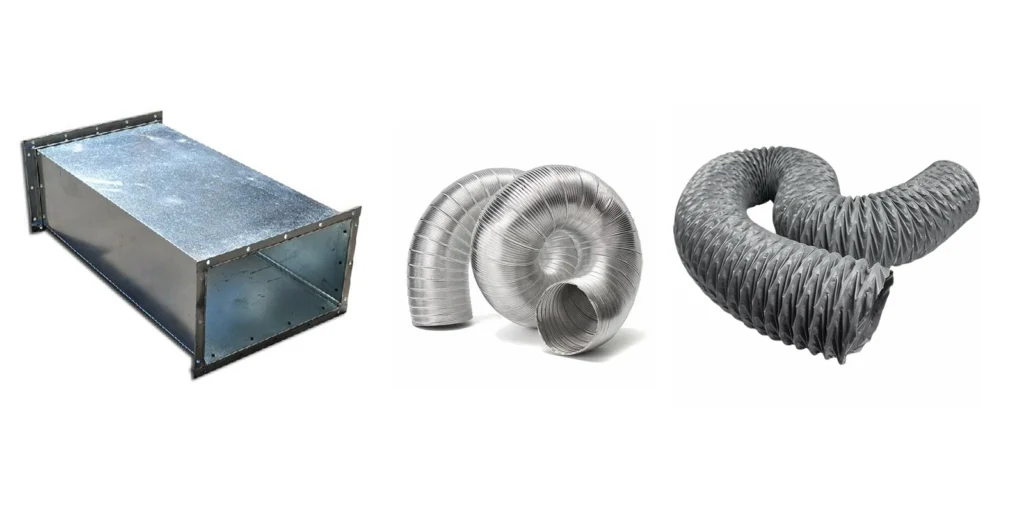
In the AC ductwork system, Three types of ducting are primarily categorized into rigid ducting, semi-rigid ducting, and flexible ducting based on material rigidity. Ducts with varying degrees of flexibility are employed in diverse applications, such as range hoods, central air duct systems, and home ventilation systems, including MVHR (Mechanical Ventilation with Heat Recovery) devices. This classification ensures that each system component is optimally suited to its specific functional requirements, enhancing overall efficiency and performance.
Rigid Ducting
In the realm of HVAC ductwork system design, rigid ducting stands as a cornerstone due to its exceptional structural integrity and consistent airflow performance. Comprising a variety of materials and components, each element of rigid ducting is specifically chosen to optimize system efficiency and ensure long-term durability. The primary materials utilized in constructing rigid ducting are sheet metal, fiberglass lining, and fiberboard.
Among them, metal duct board is the most common rigid duct material. Metal duct board has the characteristics of easy customization, anti-mold, high strength, durability and easy installation.
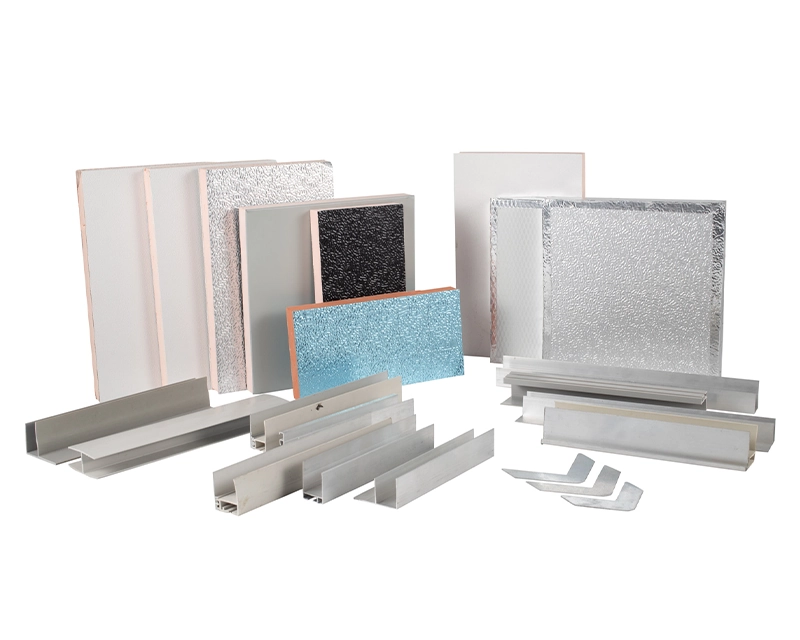
Metal Plate Air Ducts: These are commonly fabricated from aluminum foil, color steel, or galvanized steel plates, often incorporating a phenolic core to enhance the duct’s fire resistance. The use of non-porous materials grants these ducts excellent durability and resistance to mold. Phenolic, with a fire rating of up to Class 1, also increases the structural integrity, making these ducts suitable for high-demand environments. Metal ducts maintain their shape under thermal stress and mechanical pressures, ensuring minimal deformation and sustained air channel integrity, critical for maintaining airflow velocities and reducing energy costs.
Aluminum Foil Duct Boards: These duct boards are favored in scenarios where lightweight solutions are paramount. Despite their lower structural strength compared to heavier metals, aluminum foil duct boards are useful in applications requiring easy installation and moderate durability. They typically feature thermal conductivity rates around 237 W/mK, making them less efficient insulators than other metal options.
Fiberglass Lined Ducts: These ducts feature a dual composition with a metal exterior and an interior fiberglass lining, optimizing both thermal (with R-values typically ranging from R-4 to R-11) and acoustic insulation (reducing noise by up to 50%). Regular maintenance is essential to prevent the degradation of fiberglass, which could release harmful fibers into the air, affecting indoor air quality and potentially causing health issues.
Fiberboard Ducts: Constructed from compressed resin-bonded fiberglass with a protective foil laminate, these ducts boast impressive moisture resistance and superior thermal insulation properties (with R-values up to R-12), making them highly effective in energy conservation. Economically advantageous, fiberboard ducts are particularly effective in HVAC systems requiring stringent thermal regulations. However, their textured interior can reduce airflow efficiency by up to 30% if not properly maintained, and without adequate antimicrobial treatments, they can become a breeding ground for mold and bacteria.
Understanding these technical parameters allows HVAC professionals and system designers to tailor solutions that not only meet the environmental conditions but also optimize the performance and energy efficiency of the HVAC systems they design and maintain. This comprehensive approach ensures that each installation delivers optimal functionality, enhances indoor air life quality, and operates at peak efficiency.
Semi-rigid ducts
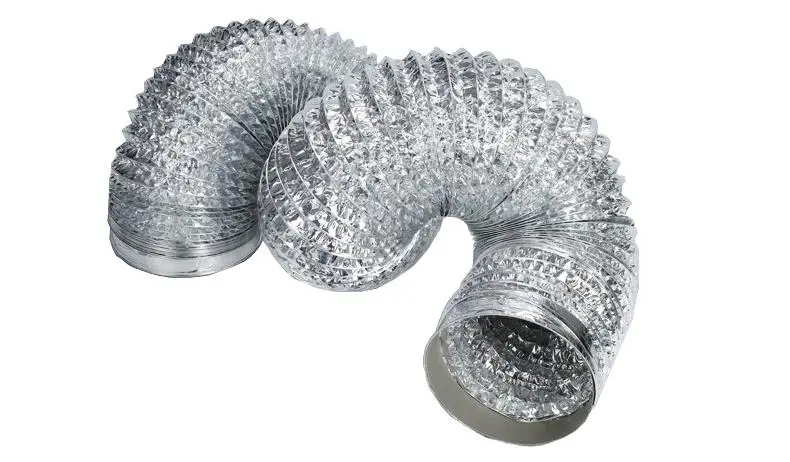
Semi-rigid ducts are a versatile option in HVAC design, semi-rigid a/c ducts combine flexibility with the strength of rigid ducts to ensure efficient, leak-free air distribution. Semi-rigid HVAC ductwork is quick to install, reducing labor costs and simplifying complex setups. Semi-rigid ventilation ducting often features antimicrobial and antistatic linings that improve indoor air quality by preventing microbial growth and reducing particle attraction. Ideal for spaces that require an adaptable solution, semi-rigid ducting can transition between round and oval shapes to fit into tight areas, making it suitable for new builds and retrofits. Additionally, their design allows for the use of smaller diameters for easy installation in confined spaces without compromising airflow. The combination of durability, adaptability and ease of maintenance make semi-rigid ducting a powerful solution for modern ventilation needs.
Flexible ducts
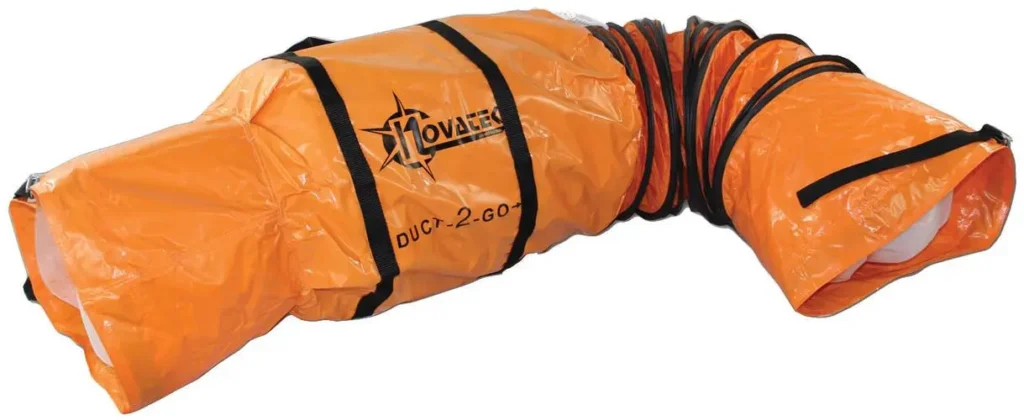
Flexible ducts, integral to modern HVAC systems, are celebrated for their adaptability and ease of installation. These ducts are comprised of steel wire spirals encased in a durable, flexible plastic sheath, allowing them to navigate around obstacles and fit into tight spaces such as attics and crawl spaces. The inherent flexibility of these ducts makes them ideal for connecting air supply outlets to remote or difficult-to-reach areas.
The construction of flexible ducts includes an insulating layer, typically made from glass wool, polyethylene, or metallized PET, which helps maintain the air temperature within the duct, enhancing the overall energy efficiency of the HVAC system. While these ducts are the most cost-effective and easiest to install compared to rigid options, they require careful handling during installation to prevent kinks and bends that can impede airflow and reduce system efficiency.
Overall, flexible ducting is a practical solution for areas where rigid ducting cannot be easily installed. Its ability to be molded around fixed objects and configured into almost any shape makes it invaluable for complex layouts and tight installations. However, it is crucial to ensure that these ducts are installed without sharp bends or compressions to maintain optimal airflow and system performance.
Advantages and Disadvantages of Different Types of Air Ducts
Sheet Metal Ducts:
Advantages: Sheet metal ducts, typically made from galvanized steel or aluminum, are highly durable and available in various shapes such as round, rectangular, and oval. They are the most commonly used ducts due to their robustness and long lifespan.
Disadvantages: These ducts can be prone to thermal expansion and contraction, leading to noise issues. Additionally, their rigid nature requires the use of expansion joints for proper installation, adding complexity and potential cost.
Flexible Ducts:
Advantages: Made from a flexible material supported by a spiral wire, these ducts are easy to install, especially in tight spaces or complex routing scenarios. They are quieter and less prone to the noise issues associated with metal ductwork.
Disadvantages: Flexible ducts can be easily damaged by punctures or kinks, which compromise system efficiency. Improper installation can lead to sagging and air leaks, significantly reducing system performance and increasing energy costs.
Semi-Rigid Ducts:
Advantages: Semi-rigid ducts offer a balance between flexibility and rigidity, making them easier to install than fully rigid ducts but more durable than flexible ducts. They are fire-resistant and maintain their shape under pressure, which ensures consistent airflow.
Disadvantages: While they are more robust than flexible ducts, they can still be susceptible to damage during handling. Incorrect installation can lead to air leaks, and they may not provide the same longevity as fully rigid ducts.
What kind of ductwork is best?
Although all the duct board materials mentioned above have their own application fields, metal composite duct board is currently the best choice considering cost, durability, and performance comprehensively.
The scalable performance of metal duct panels meets most characteristics required by HVAC systems. If you have requirements for strength, you can choose a color steel surface. If you need rust prevention, you can choose a galvanized steel surface. For lightweight needs, you can select an aluminum foil surface, and even the core material can be chosen according to your specifications.
Therefore, metal duct panels are most commonly used, while flexible or semi-flexible materials are employed at some corners and special locations for an optimal solution.
What are air ducts, and why are they important for AC systems?
Air ducts are the pathways through which cooled or heated air is distributed from an HVAC system to different areas of a building. They are important because they ensure that conditioned air is delivered efficiently to all parts of the space, maintaining comfort and indoor air quality.
Which material is the best for AC air ducts?
The best material for AC air ducts often depends on the specific needs of the installation. Galvanized steel is durable and resistant to moisture but can be heavy. Aluminum is lightweight and also resistant to corrosion. Flexible ducts are easy to install in tight spaces, while duct board is often used for its insulating properties.
Are flexible ducts a good option for AC systems?
Flexible ducts are a good option for certain applications, especially where space is limited or where the ductwork needs to navigate around obstacles. They are easier to install than rigid ducts and can be less expensive. However, they may not be as durable or energy-efficient as rigid metal ducts.
Should I choose insulated or non-insulated air ducts?
Insulated air ducts are generally better for maintaining the temperature of the air as it travels through the ducts, which can improve energy efficiency, especially in unconditioned spaces like attics or basements. Non-insulated ducts may be sufficient in conditioned spaces but could lead to energy loss if not properly insulated.
How do I know if my air ducts need to be replaced?
Signs that your air ducts may need to be replaced include visible rust or corrosion, significant leaks, poor airflow, or if the ducts are made from outdated or unsafe materials. An HVAC professional can inspect your ductwork and recommend the best course of action.
Can I install AC air ducts myself?
While some homeowners may be able to install simple flexible ducts, designing and installing a complete duct system is typically a job for HVAC professionals. Proper installation is crucial for system efficiency and indoor air quality.
Where can I find the best AC air duct options for my home?
You can find a variety of AC air duct options at home improvement stores, HVAC supply companies, or through HVAC contractors. It’s important to consult with a professional to determine the best option for your specific home and climate.
